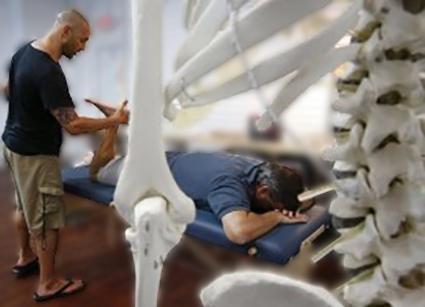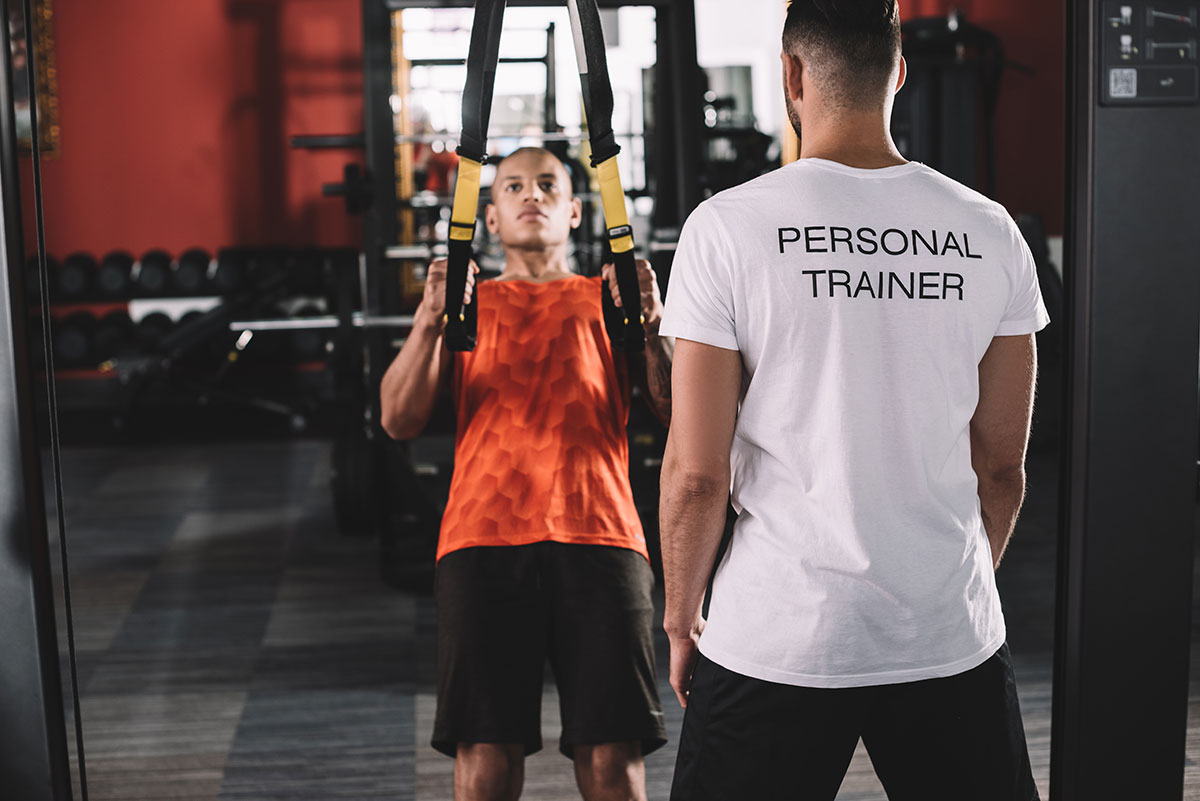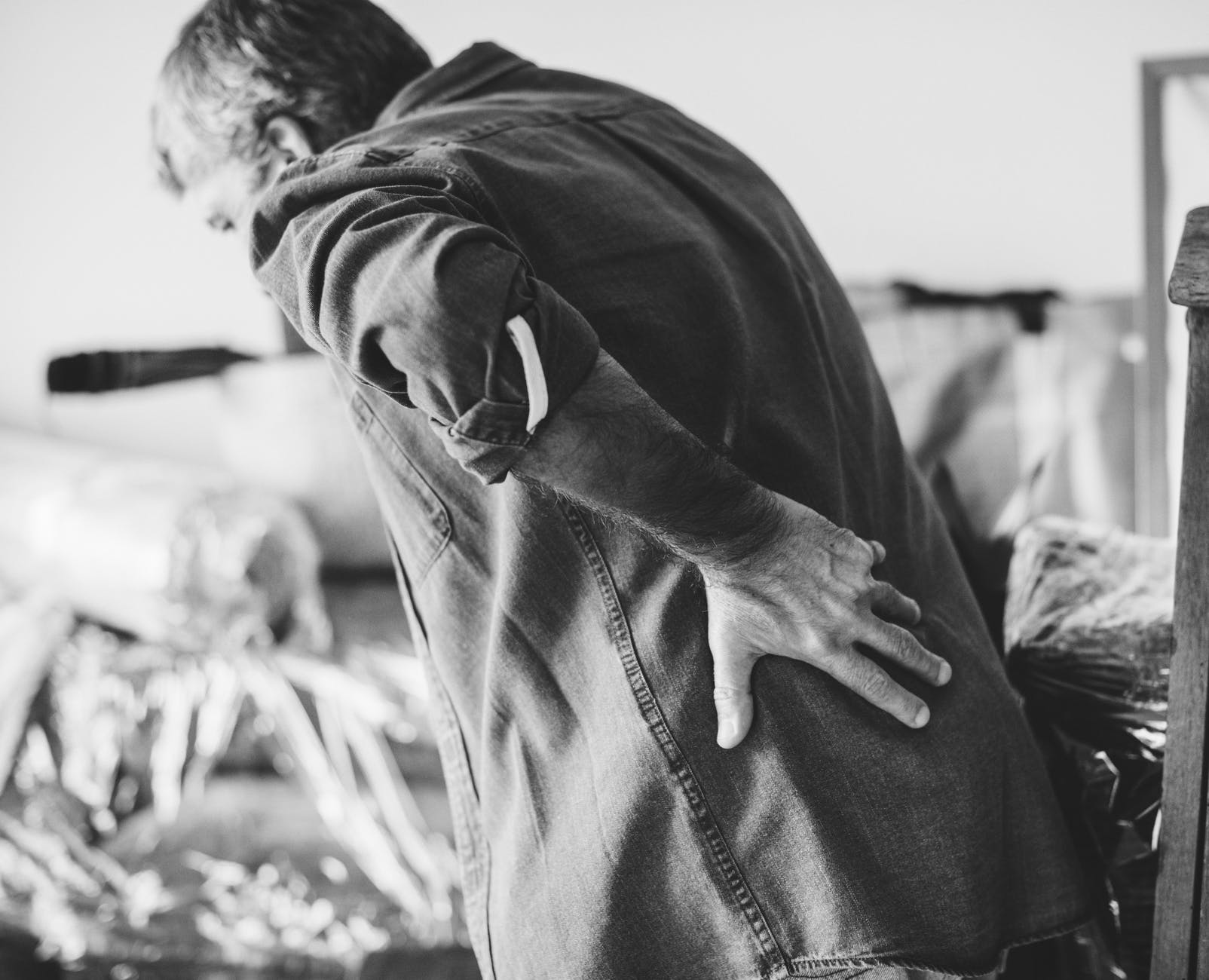Want to Feel Better? Then Move Better
Even after many years of working with clients, I’m still continually astounded by what the body can do. People come in to see me not feeling very good. Some of them actually feel pretty bad and have been feeling that way for years. They’ve usually tried everything out there to feel better. They medicate, get shots, use therapy, ice, tape, or surgery. They stretch, foam roll, try to loosen their fascia, undue an adhesion they were told about, find trigger points or maybe get something adjusted. And their last resort is surgery.
While some things may have valid application, there is something else going on that is not being considered. This one fact sheds some light on it: about 70% of motor neurons lie within the cerebellum. That’s right, the part of the brain that plays a huge roll in behavior, emotions, social interaction, and coordinating attention is loaded with neurons that control movement. The point here is that movement is such a high priority to the human body that any compromise to the quality of that movement can have profound effects anywhere throughout the system. That means that things may be working well in one place and you don’t feel so good in another.

Motor neurons are nerves that connect to muscle. That muscle is part of a muscle system including the brain, spine, nerves and sensor organs. The muscle system is the only thing in your entire body that can move you. When your muscle system quality isn’t what it should be you don’t move well. Not moving well, simply stated, means something’s wrong. When you don’t move well, some part of your body generally doesn’t feel well. When the system isn’t functioning right, it sends signs and signals out in many forms like pain, tightness, stiffness and/or causes delayed healing. This means we might want to be focusing on how you move instead of what you feel.
When we look at things this way we have an entirely new way to deal with bodes when they don’t feel good. We need to identify aspects of the muscle system that function at a lower quality and then RESTORE that functionality. Once we find the positions and movements that the body cannot function in, we can then restore that function. With the muscle system working again you can move better. When you move better you can feel better. You know that leg pain? Maybe it’s time to look at how that knee or hip or ankle moves instead of focusing on what hurts. Back stiff? Instead of stretching tight stuff, maybe it’s time to look at the things that are responsible for moving your back. Move better to feel better and you’ll be better.
Jay Weitzner, MS is a Certified Medical Exercise Specialist through the American Academy on Exercise (ACE); he holds a Bachelor’s and a Master’s in Exercise Science/Human Performance with an emphasis on exercise physiology. Jay specializes in working with clients with musculoskeletal issues — his clients have problems or concerns about their quality of movement and their physical health.


